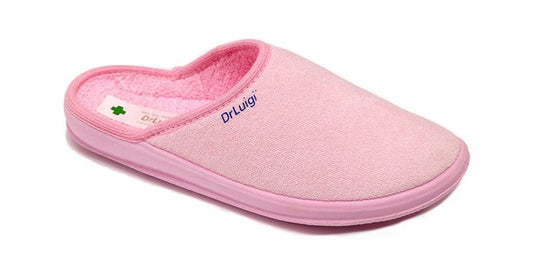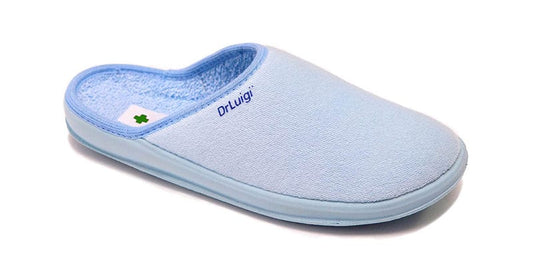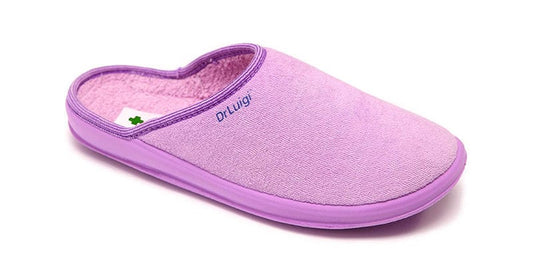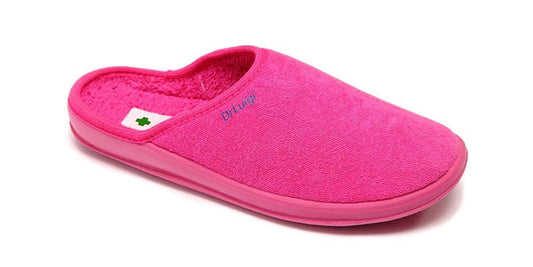Foot problems significantly impact our mobility, quality of life, and overall well-being. Whether stemming from injuries, chronic conditions, or daily wear and tear, foot issues can be incapacitating. Fortunately, physical therapy emerges as a potent remedy for diverse foot challenges.
Post-surgical rehabilitation, especially after dislocations and ruptures, mirrors the recovery process for chronic ankle sprains, albeit with added caution. Typically, post-surgery recovery demands a more extended period to regain the ankle joint's full range of motion, strength, and functionality. The ankle is usually cast for four weeks post-surgery, followed by a two-week cast or orthosis. During immobilization, cardiovascular conditioning and muscular strengthening of the upper and lower leg are prioritized.
Why Physical Therapy is Crucial:
- Immediate Post-Surgery Care: Initial sessions focus on managing pain and swelling, employing ice and electrotherapy treatments.
- Mobility Enhancement: Exercises are introduced to boost ankle joint mobility, starting with gentle movements to avoid undue stress on the joints. Active foot lifting is introduced around 6-8 weeks post-injury/surgery.
- Holistic Evaluation: Specialized foot care physical therapists conduct thorough evaluations to pinpoint the primary and secondary causes of foot disorders. This comprehensive approach, combining medical history, physical examinations, and diagnostic tests, ensures accurate diagnosis and tailored treatment plans.
- Pain Management: Physical therapy aims to alleviate the pain and discomfort from foot disorders using manual therapy, therapeutic exercises, and modalities like heat or cold therapy.
- Restoring Functionality: Therapists curate exercise regimens to bolster foot and ankle strength, flexibility, and range of motion. Gait training and balance exercises further enhance stability and coordination.
- Customized Treatment: Physical therapists employ diverse therapeutic techniques, tailored to individual needs. This includes manual treatments, therapeutic exercises, and recommending assistive devices like orthotic inserts, braces, or footwear.
- Education & Prevention: Beyond treatment, therapists educate patients on self-care, preventive measures, suitable footwear choices, foot care practices, and ergonomics, ensuring long-term foot health.
- Collaborative Approach: Physical therapists often collaborate with other healthcare professionals, such as podiatrists, orthopedic surgeons, and sports medicine specialists, ensuring a holistic treatment plan.
- Post-Surgical Rehabilitation: For those undergoing foot surgeries, physical therapy is indispensable, aiding in healing, restoring function, and facilitating a smooth transition back to regular activities.
Lastly, foot hygiene is paramount. Enhance daily care by washing and moisturizing your feet, complemented by a therapeutic foot massage. This not only improves tissue elasticity and circulation but also significantly reduces foot swelling, especially beneficial for women. Embrace these practices to rejuvenate your feet and enjoy a pain-free, active life.




